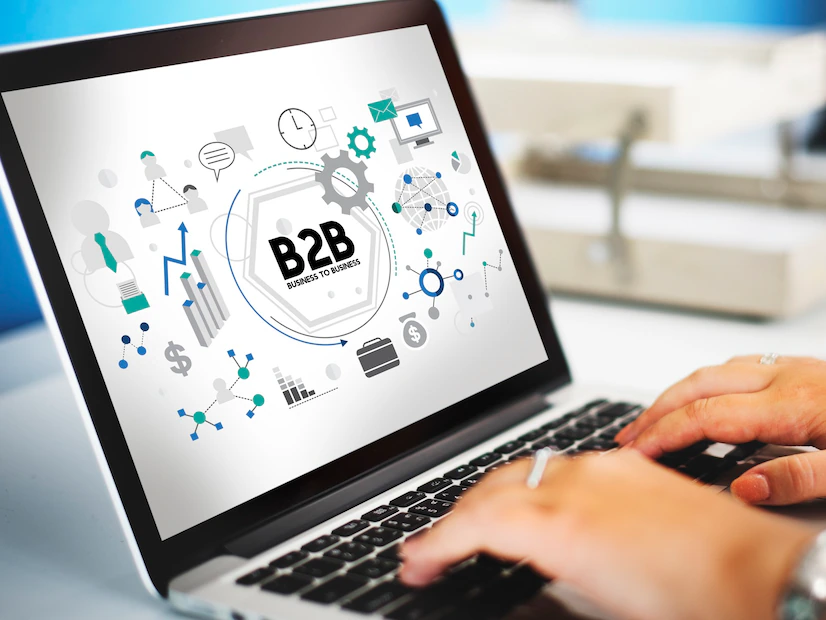Email marketing serves as a robust instrument for businesses to establish connections with their intended audience, be it other businesses (B2B) or individual consumers (B2C).
Nonetheless, it is important to recognize that the methods and tactics employed in email marketing vary between these two segments.
In this article, we will explore the key differences and provide effective strategies for both B2B and B2C email marketing campaigns.
Audience Segmentation
Segmentation is like the secret ingredient that adds a sprinkle of magic to email marketing. It holds the key to unlocking success by allowing businesses to finely target their desired audience.
Now, when it comes to B2B marketing, you need to pay attention to important aspects like job titles, industry, company size, and those specific pain points that keep professionals up at night.
Let’s say you’re a marketing automation company.
You’d want to create emails that speak directly to the marketing managers, showcasing how your product can work wonders in saving time and boosting productivity.
It’s all about addressing their pain points and offering solutions that make their jaws drop in awe!
Now, let’s take a look at the captivating world of B2C marketing.
Here, we dive headfirst into the realm of demographic and psychographic data. Yes. Here, Age, gender, location, and personal preferences take the spotlight.
Imagine being a clothing retailer, eagerly awaiting the chance to woo your female customers.
What do you do?
You whip up some fabulous emails that bring forth the latest fashion trends, tailored exclusively for them.
It’s all about making their hearts skip a beat as they browse through your virtual aisles, discovering styles that resonate with their unique fashion sense.
It’s an invitation to indulge and express themselves through your enticing offerings.
Remember, segmentation is your secret weapon to ensure that every email you send hits the bullseye.
It’s the art of understanding your audience, speaking their language, and captivating them with tailored content that leaves a lasting impression.
So, whether you are laser-focused on the world of B2B or basking in the excitement of B2C, segmentation is your trusty companion on the road to email marketing success.
Get ready to witness the power of segmentation as it transforms your emails into personalized experiences that keep your recipients coming back for more.
Content Personalization
Tailoring your email content to your audience is key to achieving higher engagement rates.
B2B emails should be more informative and educational, addressing specific pain points and offering practical solutions.
For instance, a software company may send whitepapers or case studies to demonstrate the value of their product.
B2C emails, on the other hand, should focus on emotions and benefits.
For example, a travel agency can send personalized offers for dream vacation destinations, triggering a sense of excitement and wanderlust among their target audience.
Email Design
The design of your emails should reflect the preferences of your target audience in addition to your brand value.
B2B emails often have a more professional and formal tone, with a clean layout and minimalistic design.
On the other hand, B2C emails can be more visually appealing and creative, utilizing vibrant colors, images, and catchy subject lines to capture the attention of consumers.
Including a clear call-to-action (CTA) is important in both cases, whether it’s to request a demo or to make a purchase.
Timing and Frequency
Did you know that the timing and frequency of your emails can significantly impact the success of your campaigns?
B2B emails are usually sent during business hours, avoiding weekends and holidays when professionals are less likely to engage with work-related content.
B2C emails, however, may have more flexibility in timing, depending on the nature of the product or service being promoted.
Testing different send times and analyzing open rates can help you to determine the optimal timing for maximum impact.
As for frequency, striking the right balance is crucial to avoid overwhelming or annoying your subscribers.
Find Email Addresses For Free
When it comes to B2B email marketing, finding accurate and verified email addresses can be a challenge.
However, there are several strategies to find email addresses for free. Some of the effective methods are leveraging professional networking platforms like LinkedIn, and the use of email lookup tools.
By searching for relevant individuals based on job titles, industries, or company names in LinkedIn, you can often find their contact information, including email addresses.
And with email finder tools like GetEmail.io, you can find email addresses for free.
Concluding Thoughts
In conclusion, email marketing is a powerful tool for both B2B and B2C businesses, but the strategies and approaches differ based on the target audience.
By understanding the key differences and implementing the right strategies, you can create effective email campaigns that resonate with your intended recipients.
Remember to focus on audience segmentation, personalize your content, design appealing emails, choose the right timing and frequency, and utilize free tools to find email addresses for your B2B campaigns.
By doing so, you can achieve higher open rates, and click-through rates, and ultimately drive conversions and business growth.
Additionals:
- Social Media Marketing World 2022: What Is The Social Media Marketing World?
- What Is The First Step In The Marketing Research Process In 2022?
- Should You Trademark Your Brand? 3 Reasons To Do It ASAP
The post Email Marketing For B2B Vs. B2C – Key Differences And Strategies appeared first on Social Media Magazine.

